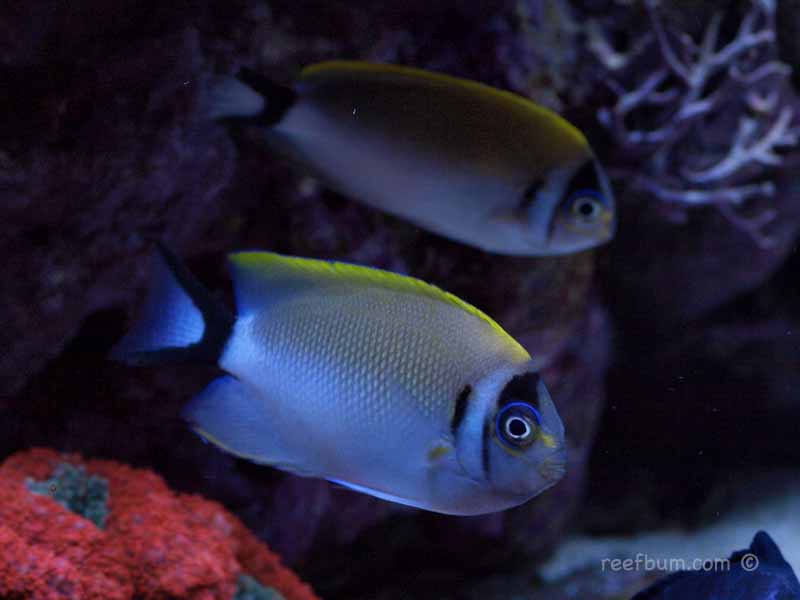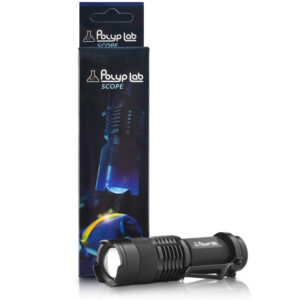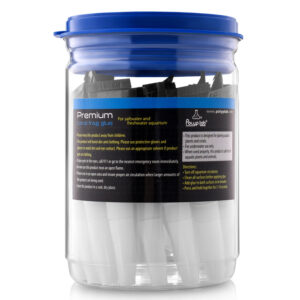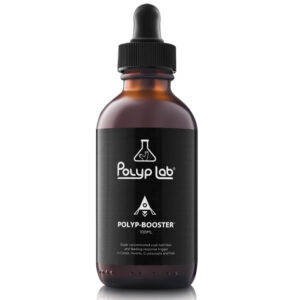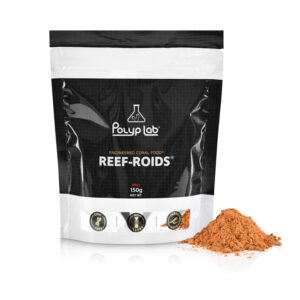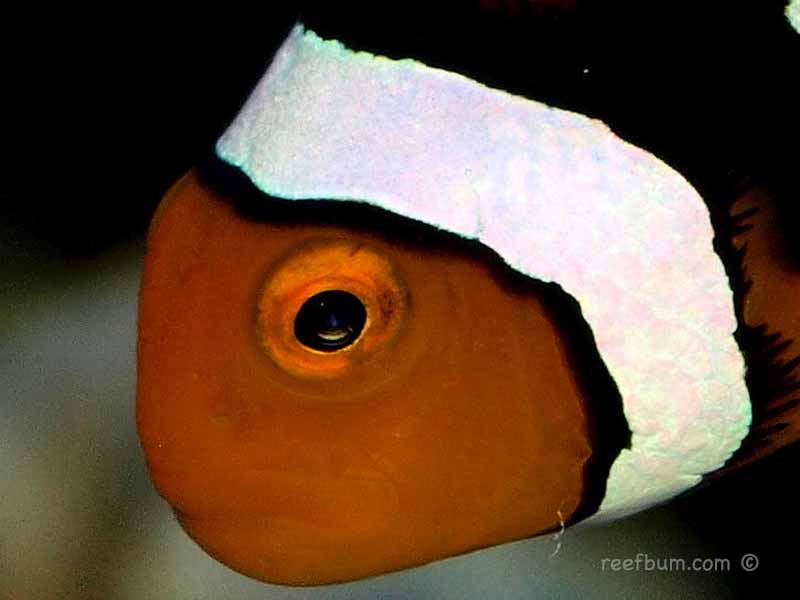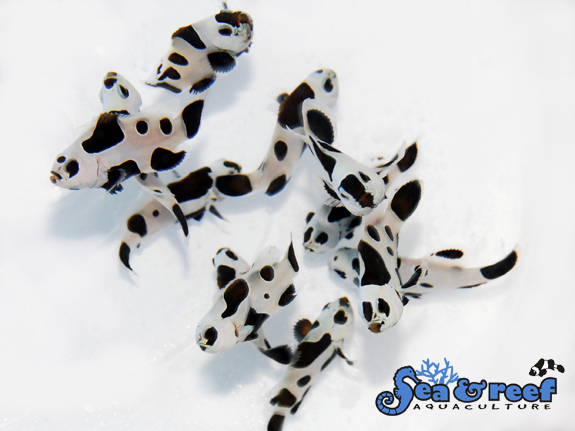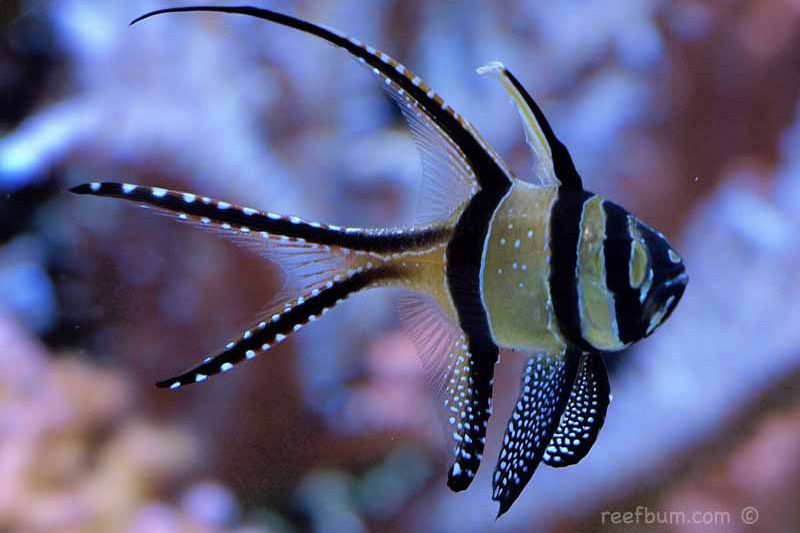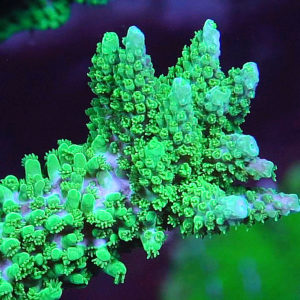So you have a reef tank and you also have an affinity for keeping marine angelfish, a potentially bad combination since many angelfish have a reputation for snacking on and destroying corals. But wait, options do exist!
As I mentioned in a prior blog post, many reef keepers, including myself, have successfully kept Regal Angelfish in reef tanks, although it can be a roll of the dice since some individuals will snack on corals. If you are not the gambling type and want more peace of mind you should consider a Masked Swallowtail Angelfish.
Also known as Japanese Masked Swallowtail Angelfish, this critter is part of the Genicanthus genus, a group that includes Bellus and Watanabei angels. All of these fish feed in the wild above the reef and will typically not graze on rock and coral in a reef tank. I have kept both Masked Swallowtail and Bellus angels in my tanks and they did not pick at all, behaving as advertised.
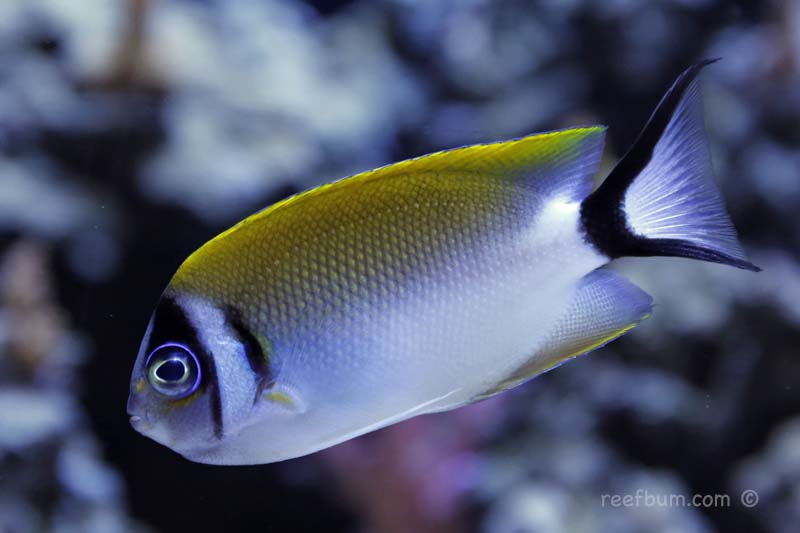
My Favorite Angelfish
But it is the Masked Swallowtail I crave the most. Why? Well, a lot of it comes down to personal preference and for some reason I am drawn to this fish. Hey, everybody has a favorite fish and this one happens to be near the top of my list.
What I like the most is the different coloration between males and females. Females have a cream/white color chest that morphs into yellow near the dorsal fin, along with distinct black markings around the eyes and tail. They look almost bandit-like with the black around the eyes. Meanwhile, the males are just striking, sporting skinny, vertical bars along the body as well as a mask of vivid yellow around the eyes.
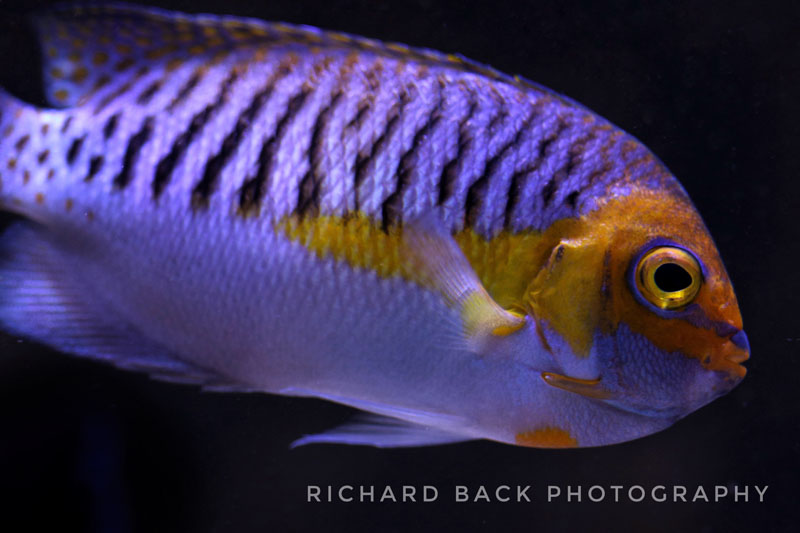
The Elusive Male Masked Swallowtail Angelfish
Masked Swallowtail Angelfish can be kept alone in established tanks over 100 gallons and in pairs or small harems in aquariums over 180 gallons. These can be hard fish to find, especially males. Females will change sex to male so if you really want a male you can add two to three three females and the dominant one will change over to male. The odds of this happening are best when adding three females, particularly if one female is larger than the other two.
I did add three females to my current 187 gallon reef tank but so far none has turned male. Unfortunately, the largest of the three bullied one of the other ones to death, although it is dominating the remaining one so I am holding out hope it will turn male. Overall, these fish are moderately difficult to keep and will get along just fine with other fish. They are certainly pricey but the beauty of this reef safe angelfish is worth the money, in my humble opinion.
Additional Resources
If you would like some help with a new tank build, including help designing a custom aquarium, or help re-configuring your current setup then you can visit this page for more information. And if you are looking to add some equipment, I do sell GHL, Pax Bellum, Reef Octopus Calcium and Kalk Reactors and Royal Exclusiv products, including Dreamboxes, which is the equipment I use and recommend. I also sell Reef Brite metal halide and LED fixtures as well as Maxspect & IceCap Gyres.
As for additional insights and information, please explore my many other reef tank and SPS related articles as well as my YouTube channel. For an even deeper dive into reef tank care you can check out my Reef Keeping Master Class. This online course is an immersive and one of a kind educational tool designed to help reef aquarium hobbyists build and maintain a beautiful SPS reef tank. The course is a series of video presentations with some supplemental video from my YouTube channel. There are also quizzes to help students retain and understand the information presented in the course.
Need some frags…..I can help with that as well 🙂 Please visit my SPS Frag store to see what is available.

